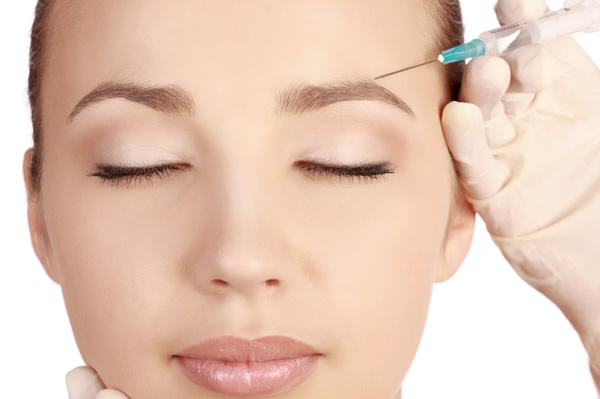-
Tips for becoming a good boxer - November 6, 2020
-
7 expert tips for making your hens night a memorable one - November 6, 2020
-
5 reasons to host your Christmas party on a cruise boat - November 6, 2020
-
What to do when you’re charged with a crime - November 6, 2020
-
Should you get one or multiple dogs? Here’s all you need to know - November 3, 2020
-
A Guide: How to Build Your Very Own Magic Mirror - February 14, 2019
-
Our Top Inspirational Baseball Stars - November 24, 2018
-
Five Tech Tools That Will Help You Turn Your Blog into a Business - November 24, 2018
-
How to Indulge on Vacation without Expanding Your Waist - November 9, 2018
-
5 Strategies for Businesses to Appeal to Today’s Increasingly Mobile-Crazed Customers - November 9, 2018
Botox Recognized As Top Neurological Treatment, Effective For Chronic And Episodic Migraines
The American Academy of Neurology (AAN) has published on Monday an updated guideline that established the use of botox, more commonly used as a quick fix against wrinkles, for chronic migraine and other neurological disorders.
Advertisement
Botulinum toxin has always been used as a chemical “fountain of youth”, allowing users to smooth out their wrinkles and age lines.
The experts believe that Botox helps reduce muscle contractions and blocks the release of substances which transmit pain signals. Spasticity in adults is defined by muscle tightness that restricts movement and is commonly seen after a person suffers a stroke.
Cervical dystonia, also known simply as CD, manifests itself as the involuntary contraction of the muscles in the upper shoulders and in the neck. Lastly, blepharospasm is a movement disorder that forces one’s eyes to close uncontrollably. Simpson is with the Icahn School of Medicine at Mount Sinai in New York City.
The last time the Academy updated its guidelines was in 2008 when there was not enough information to make a case for using Botox to treat chronic migraines. The authors found that although the magnitude of the benefit was small, Botox was still effective at treating chronic migraine.
The updated guideline was published online April 18 in the journal Neurology.
The guideline has been supported by the AAN and endorsed by the American Association of Neuromuscular & Electrodiagnostic Medicine and the American Society of Plastic Surgeons, according to an AAN news release.
Besides the management of headaches and migraines, botox could be employed to treat blepharospasm, cervical dystonia and adult spacticity. In this medical condition, patients experience involuntary neck muscle contraction. Five million individuals have one migraine attack per month. Notably, however, head-to-head comparisons, where available, show little clinical differences among the formulations of the botulinum toxin products, especially the different preparations of serotype A. As noted in the guideline, onabotulinum toxin and incobotulinum toxin had the same effect and duration in blepharospasm; onabotulinum toxin, abobotulinum toxin, and rimabotulinum toxin had the same magnitude and duration of effect in cervical dystonia, though rimabotulinum toxin showed increased dysphagia.
This condition is manifested as involuntary heightened and velocity-driven muscle tone that can lead to impeded movement.
Advertisement
In an accompanying editorial, Professor Richard Barbano of the University of Rochester, USA, says that although the various different formulations of Botulinum toxin differ in “properties including molecular weight and complexing proteins”, they may well actually be interchangeable. The guideline update assessed each formulation separately for each condition. A patient is normally required to take regular doses at an interval of four to six weeks because that is the time period for which the therapeutic effect of BTX lasts.





























